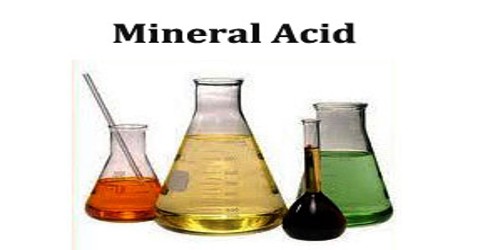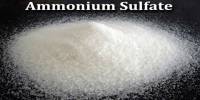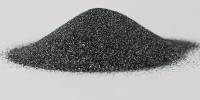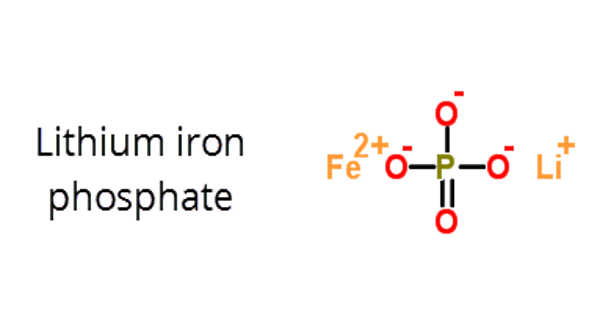Mineral Acid
Definition
Mineral acid also known as inorganic acid, which is an acid derived from one or more inorganic compounds. It is a substance that yields hydrogen ions in solution and from which hydrogen may be displaced by a metal to form a salt. Different acids have different formulae. For e.g., the formula for sulfuric acid is H2SO4; the formula for nitric acid is HNO3. But one common thing in all acids is that they always have at least one hydrogen atom in their molecule. All acids react with bases to form salts and water (neutralization). Other properties of acids include a sour taste and the ability to cause certain dyes to undergo a color change. A common example of this is the ability of acids to change litmus paper from blue to red.

The most common organic acids are carboxylic acids, containing the carboxyl group (-COOH); examples are acetic acid, citric acid, amino acids, and fatty acids. Their salts and esters end in -ate, e.g., ethyl acetate. Other organic acids are phenols and sulfonic acids.
Examples are:
Sulphuric acid (H2SO4), nitric acid (HNO3), hydrochloric acid, phoshphoric acid, boric acid, and hydrofluoric acid are all mineral acids.
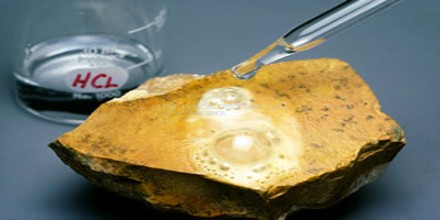
Functions and Effects of Mineral Acids
Acidity level in concentrated mineral acid mixtures. Iso-acidic media
Effects of dietary mineral acids on voluntary food intake, digestion, mineral metabolism and acid-base balance of sheep.
The Effect of the continued ingestion of mineral acid on growth of body and bone and on the composition of bone and of the soft tissue.
Effect of humidity on nitric acid uptake to mineral dust aerosol particles.
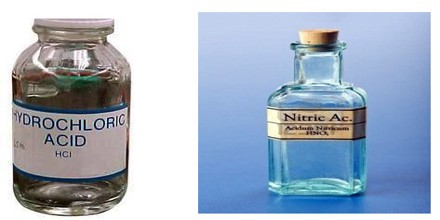
Applications of Mineral Acids
Solubility of Hydrocarbons in water – Mineral Acid System.
The Preparation of d-galacturonic acid from Lemon Pectic acid.
Vegetable and Mineral acids in the treatment, prevention and remedial of Cholera an other epidemic disorders of the bowels.
Simulation by Mineral and Fatty Acids in the barnacle Balanus balanoides.
Ensiling of Sugar Cane with Ammonia Molasses and Mineral acids.
Characterization of acid Catalytic Domain for Cellulose Hydrolysis and Glucose Degradation.
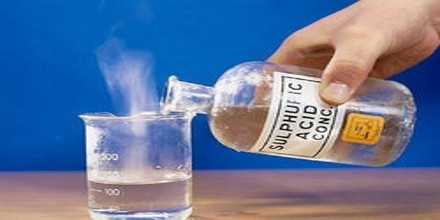
Uses of Mineral Acids
Commonly used mineral acids are sulfuric acid, hydrochloric acid and nitric acid and they are also known as bench acids. Mineral acids range from acids of great strength, example: sulfuric acid, to very weak (boric acid). Mineral acids tend to be very soluble in water and insoluble in organic solvents.
Mineral acids are used in many sectors of the chemical industry as feedstocks for the synthesis of other chemicals, both organic and inorganic. Large quantities of these acids – especially sulfuric acid, nitric acid, and hydrochloric acid – are manufactured for commercial use in large plants.
Mineral acids are also used directly for their corrosive properties. For example, a dilute solution of hydrochloric acid is used for removing the deposits from the inside of boilers, with precautions taken to prevent the corrosion of the boiler by the acid. This process is known as descaling.
